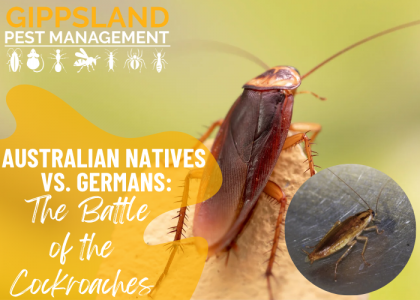Our technicians begin with a detailed inspection to understand the pest’s habits, hideouts, and level of activity. Using targeted, professional-grade products and techniques, we effectively treat the pest while ensuring the safety of your family, pets & property. Each treatment is customised to suit the specific pest and environment, guaranteeing the best result.
Please read our Pre Treatment Checklist, to better understand the treatment and our requirements including you to vacate for a minimum of 4 hours on the day of treatment.
The price for this treatment is $550 inclusive of GST, which includes a 30-day aftercare period. If follow-up visits are needed within these 30 days, there will be no additional charges. However, if the issue persists beyond this period, additional charges will apply.


